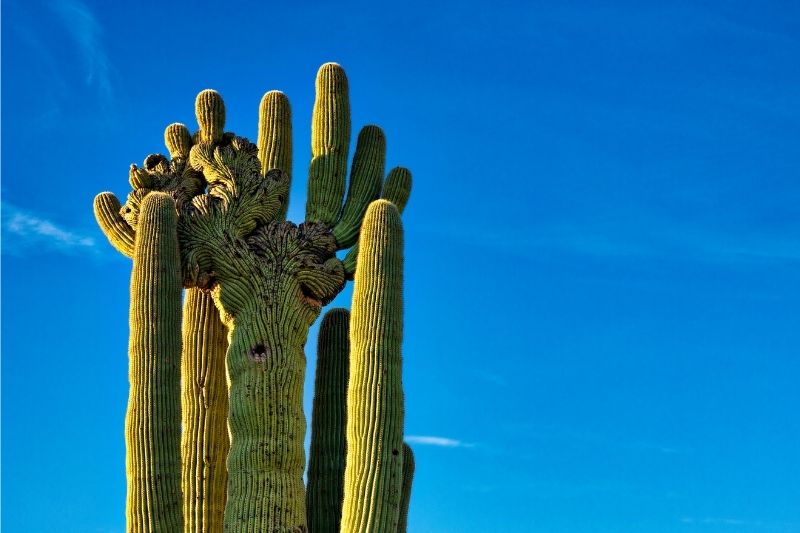We walked again this morning but less ambitiously than yesterday: a mile or so out, a long sit on a well-placed lava chunk, and then back. Twig seems as much drawn to tranquil being-there as I; she shows no signs of impatience however long we sit. The longer we stayed the more immersed I felt in the surroundings. Quiet, still, a solitary bird singing to himself. It’s easy to think of plants as Nature’s mystics, so complacent, present-centered (here, now), nowhere to go, untroubled. Satisfied with what they have even when not every need is met, no complaints. If the elements declare it’s time for them to die, I don’t picture them happy about it but accepting. The mind of a plant has to be very different from that of an animal; while its roots are busily scratching around out of sight meeting fungi and other plants’ doing the same, its aboveground self is immobile except to the breezes and the inevitable changes that all life are subject to: growth, decline, illness, predation, the seasons and the weather. While most animals have territories, that of a plant is comparatively minute extending farther underground than above. Immobility means that many animal concerns mean nothing to them; no going in search of food or shelter or hiding from predators. Except for Saguaros, I don’t know of any plant that people with guns find irresistible to shoot. I speak of a plant’s mind intentionally for why wouldn’t they have one like we animals’ only different? People I call anthropocentrists are loathe to allow any creature but humans a mind; maybe a few primates and cetaceans, perhaps elephants and parrots; the list is short. So even though they tend to identify mind with brain there are clearly many creatures with neurological equipment and brains that won’t make their cut. But if mind is a locus for perceptions, responses, relations, feelings and thoughts or their analogues, memory, learning, forms of consciousness and selfhood…then surely many kinds of life, even without brains, have minds since they have bodies. My approach to this question is like my approach to other matters having to do with the living world and humans’ place within it. I seek commonality, areas of identity and sharing, linkages and community. How are we like other life? Do we not share with it membership in the unity of being and therefore compose a commune, a mutuality of existence? I don’t expect a plant to use their mind cogitating thoughts like these; in my imagination they do two primary activities. They tend to their needs and the needs of many of the surrounding plants, including propagation and self-preservation. And then they stand patiently absorbing the beauty of being. Not mere decoration, resource, or placeholder, they are pleased for their time to be… As was I, sitting among them. And then it was time to arise from my lava perch, watch where I stepped as I returned to the road, and walk back to camp.
Presence
Desert, Featured, Human Nature, Lava Beds National Monument, Mojave, Nature, Peace, Philosophy, Preservation, Reverence, Self-Awareness, Silence


